VIDEO: Travel Back to Coney Island’s Summer Heyday in the 1940s
Watch the nostalgic video here
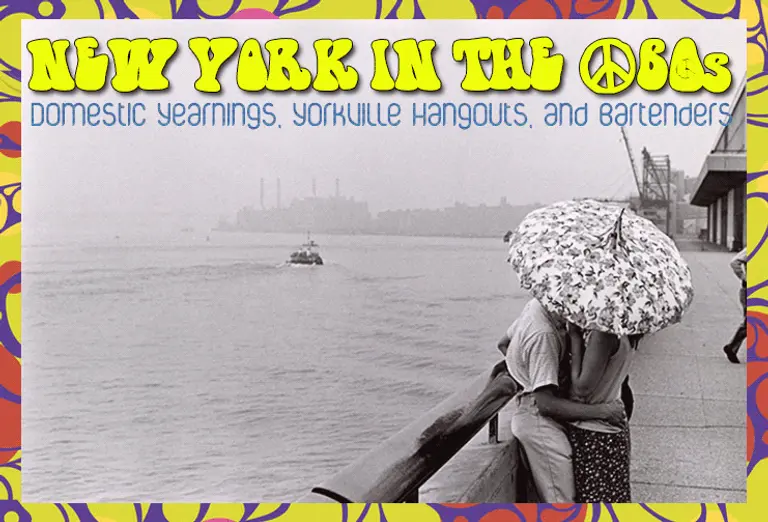
Our series “New York in the ’60s” is a memoir by a longtime New Yorker who moved to the city after college in 1960. Each installment will take us through her journey during a pivotal decade. From $90/month apartments to working in the real “Mad Men” world, we’ll explore the city through the eyes of a spunky, driven female. In our first installment, we went apartment hunting with the girl, and now that she’s moved in on the Upper East Side, we learn how she went about decorating her first NYC apartment, her favorite haunts of early 1960s Yorkville, and her bartender boyfriend.
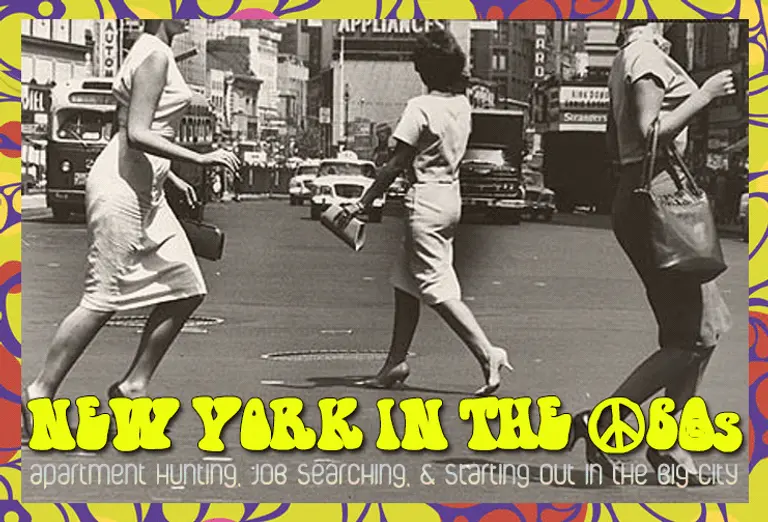
Our new series “New York in the ’60s” is a memoir by a longtime New Yorker who moved to the city after college in 1960. Each installment will take us through her journey during a pivotal decade. From $90/month apartments to working in the real “Mad Men” world, we’ll explore the city through the eyes of a spunky, driven female. In this opening installment, we go on her first apartment and job hunting adventures.
Many folks argue that historic preservation is elitist, time-consuming, expensive and a drain on resources, further claiming that it’s a whole lot easier, cheaper and more practical to replace an old building with something new—especially when that means more housing. However, on the other side of that coin is the argument that historic districts and the architecture preserved within them are […]
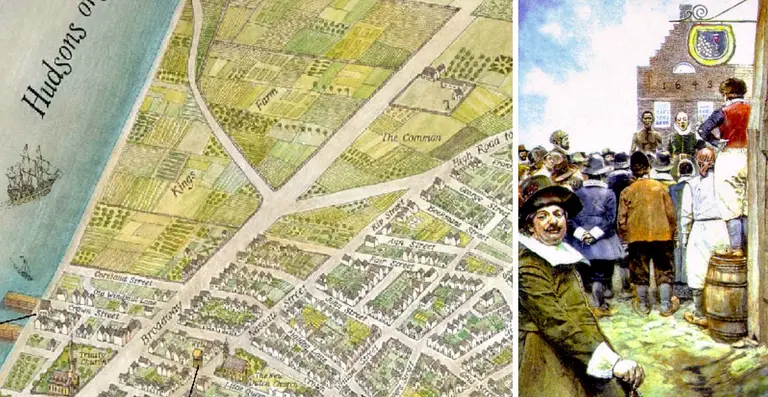
Map of freedmen’s farmland via Slavery in New York (L); Harper’s Magazine illustration of the New York City slave market in 1643 (R)
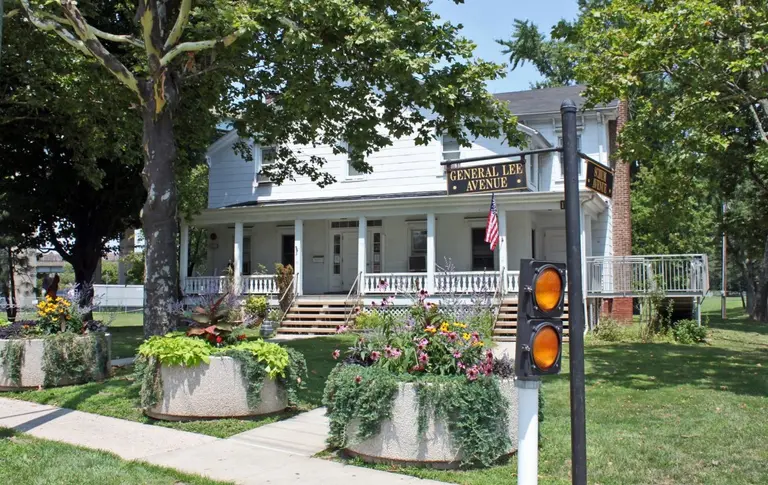
General Lee Avenue and Robert E. Lee’s former home on Fort Hamilton, via Jeremy Bender/Business Insider
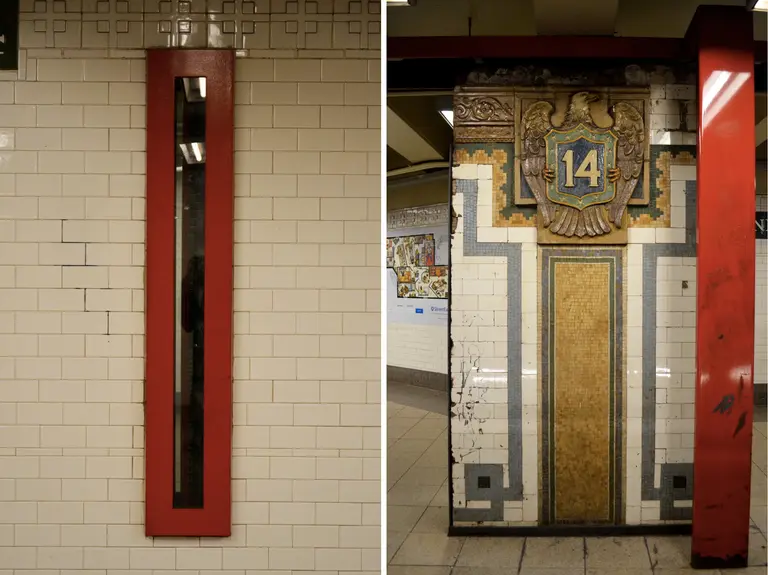
Images by This Hidden City

Photo via Wiki Commons